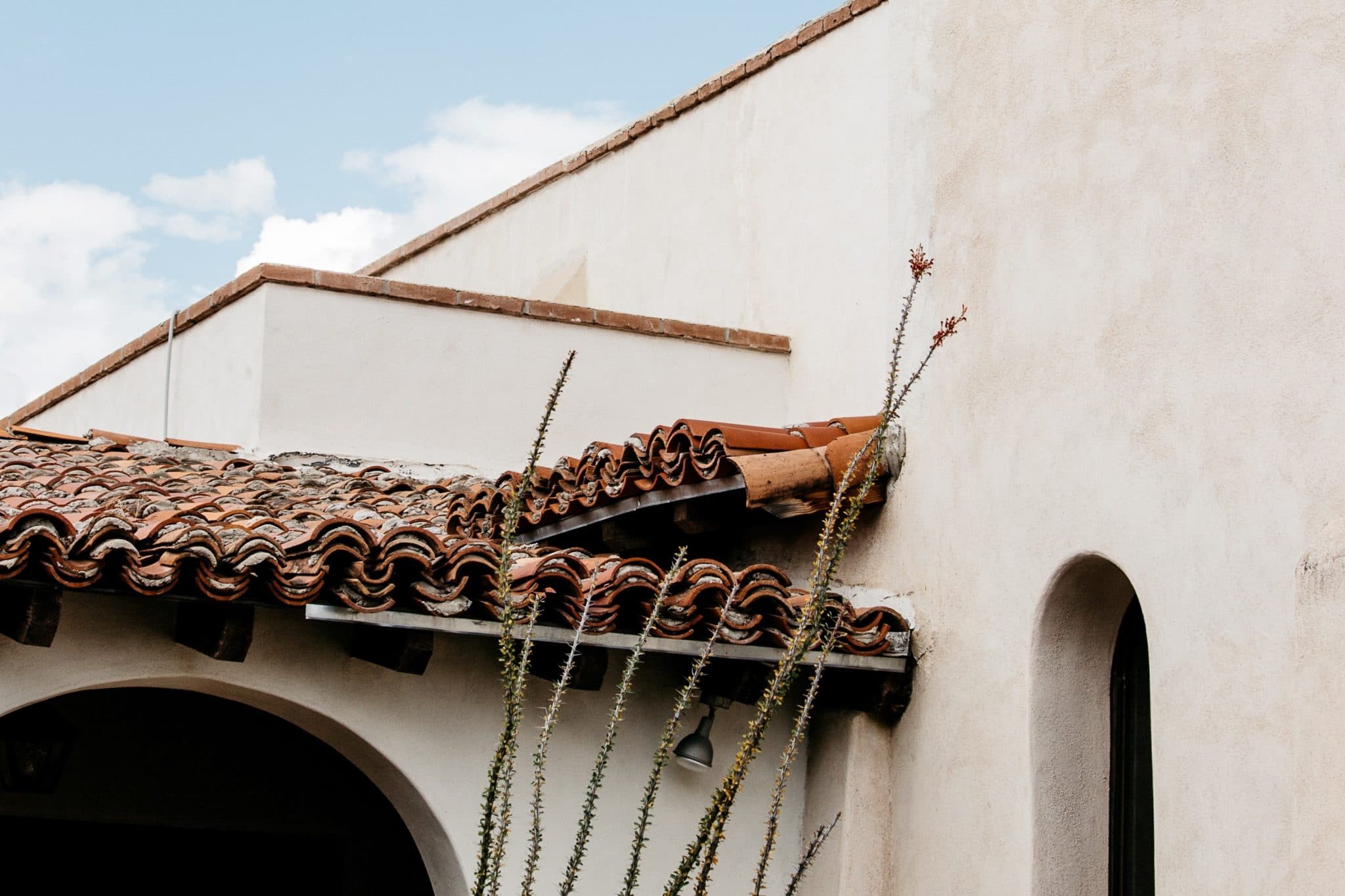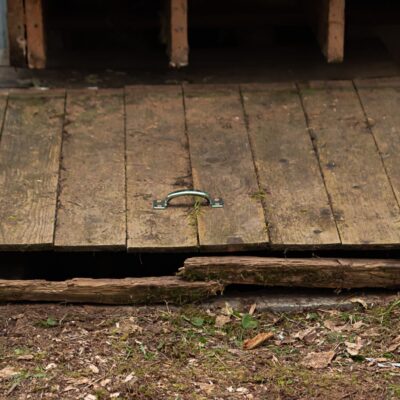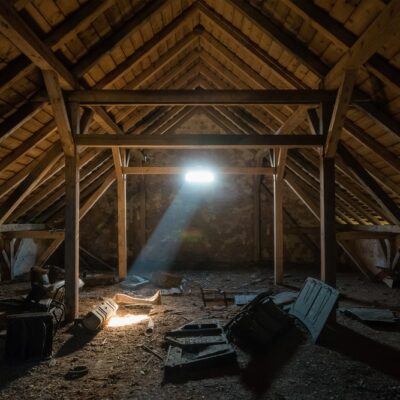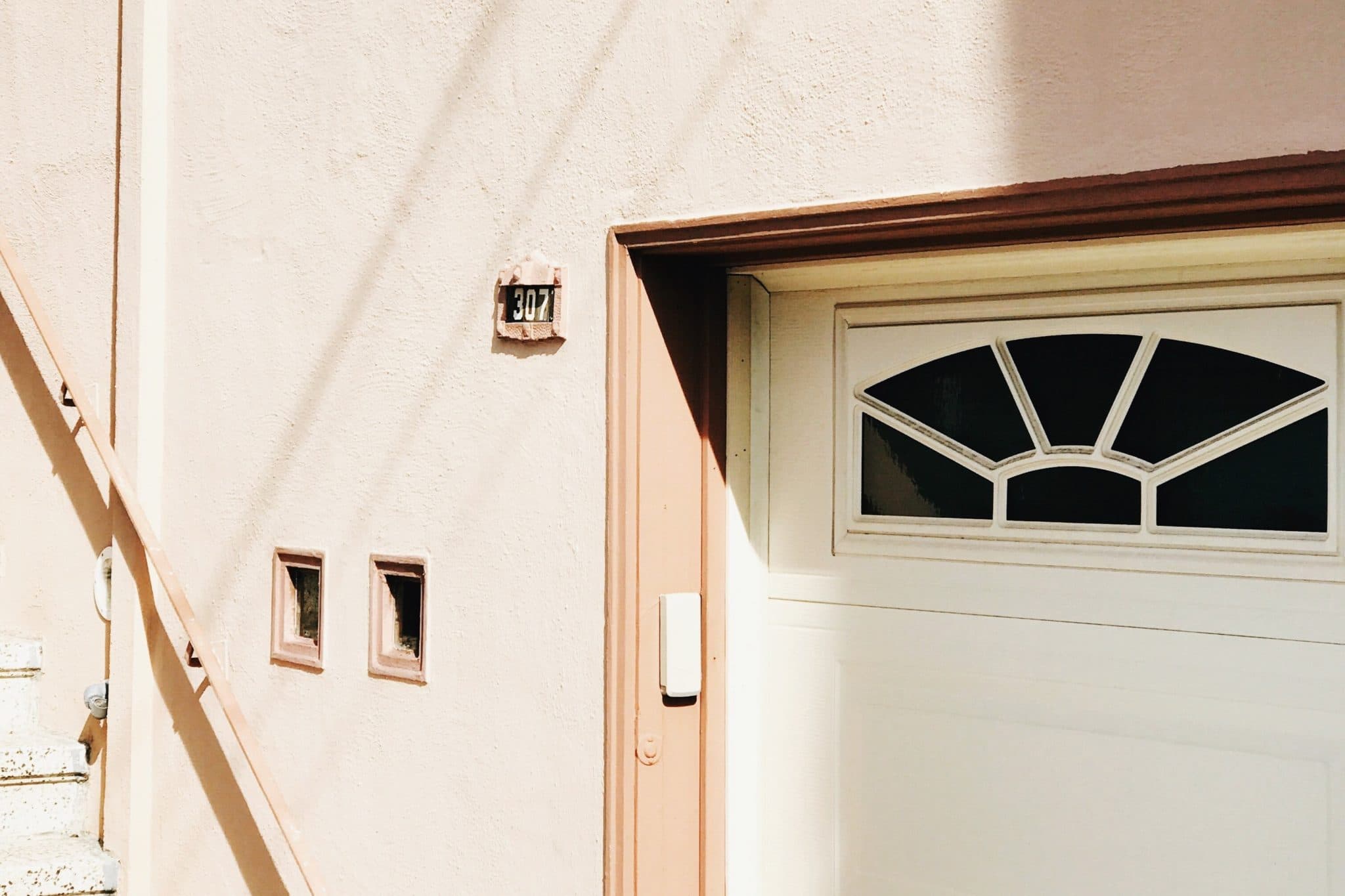How Home Inspectors Can Avoid Ceiling Hole Claims
Last Updated February 16, 2024
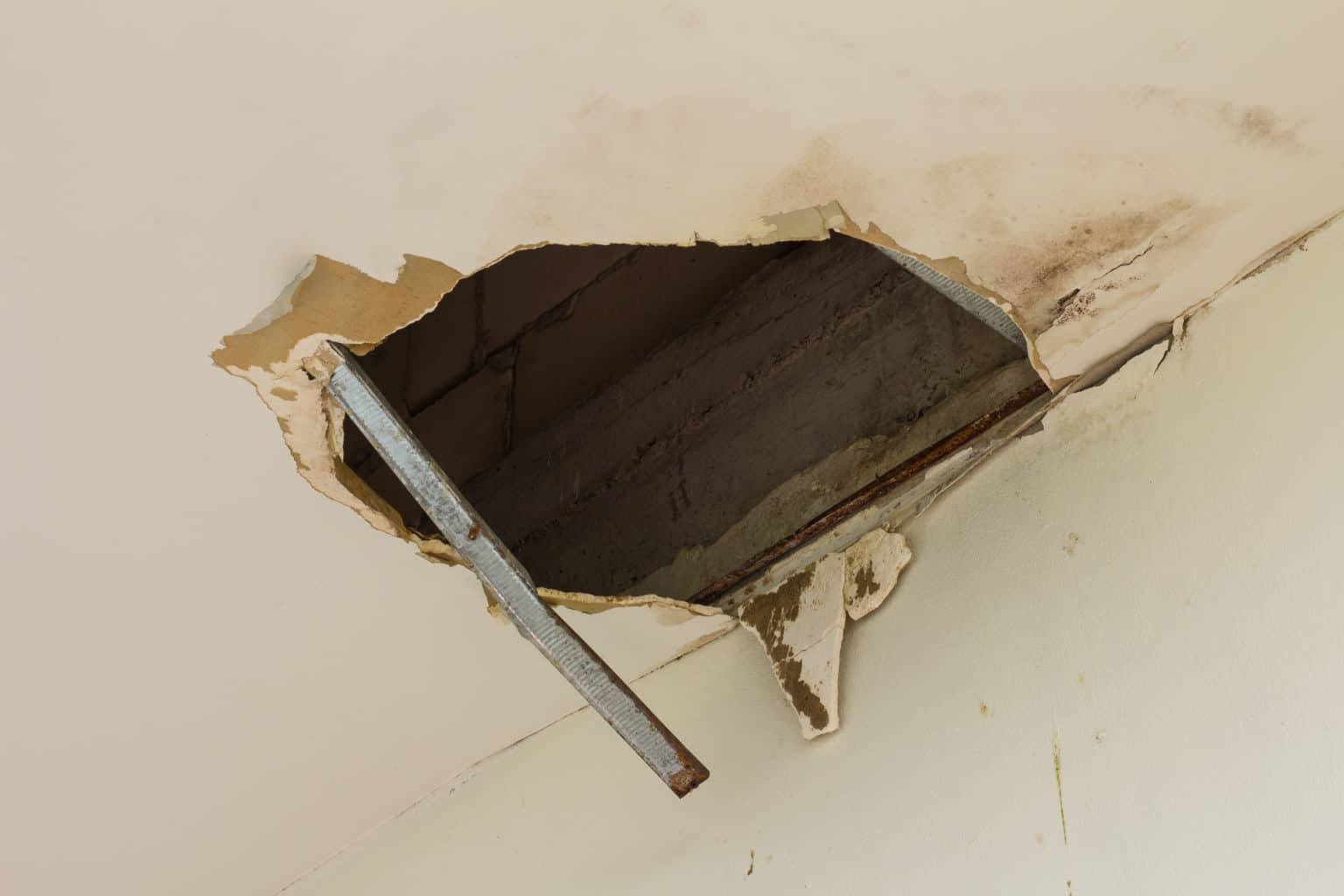
While inspecting an attic, a home inspector noticed a damaged truss on the other side of an air handler. Wanting to get a closer look, the inspector took what he described as a “blind step” over the air handler. His right foot missed the platform, resulting in him stepping through through floor and creating a ceiling hole in the bathroom below. It cost $1,000 to repair the drywall and repaint the entire ceiling.
Why are ceiling hole claims common?
Ceiling hole allegations—or claims in which a home inspector creates a hole in or causes other damage to a ceiling during an inspection—are the third most common type of general liability (GL) claim in the home inspection industry. Unlike errors and omissions (E&O) claims, general liability claims don’t typically question the quality of your home inspection or service. Rather, GL claims involve bodily injury or property damage that result from the inspection. (Learn more about the two coverage types and why they’re important here.)
There are a number of reasons why home inspectors accidentally put holes in property ceilings so often. The two most common:
- It’s difficult to see.
- It’s easy to slip.
(Find out what you need to do when you receive a complaint by downloading this free guide.)
It’s difficult to see.
Dark and riddled with insulation, attics make it hard to look where you’re stepping.
“People add more and more insulation to their attics,” said Bern Galat of Spyglass Home Inspections in New Hampshire. “[A lot of insulation means] you cannot see the joists.”
Since it’s difficult to see, you may find yourself guessing at what’s coming next. But, according to Matt Atwood of Atwood’s Home Inspection in Kansas, it’s easy to guess wrong.
“You might think you’re stepping on a ceiling joist when you’re really stepping on a pipe,” Atwood said. “Without any support, you put a lot of pressure on that and you drop through.”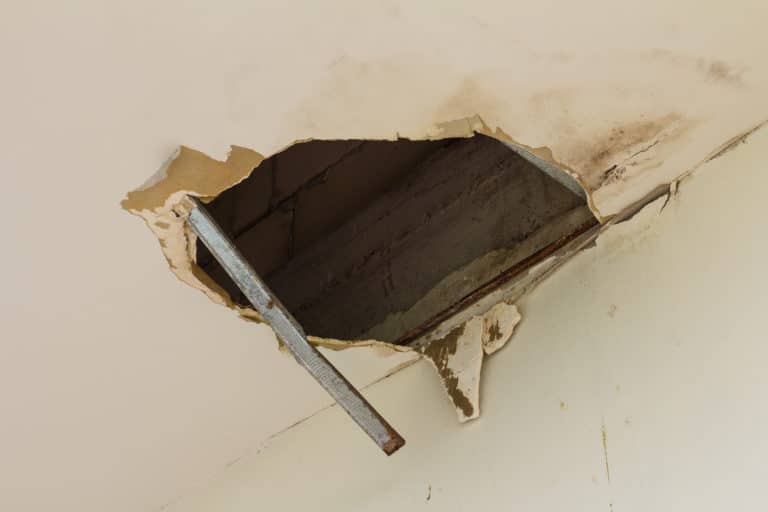
Matt Lottes of Pillar To Post Home Inspectors in Indiana knows the perils of an incorrect guess from personal experience.
“I did have one incident early in my career where I fell through the ceiling because a piece of framing that I expected to be there wasn’t there,” Lottes said. “I went through to my armpits before I managed to catch myself. And [I] bruised up my rib cage pretty good.”
It’s easy to slip.
Many attics lack safe walking surfaces. Instead, attics are comprised of trusses, framing, and loose boards that are unstable to walk on.
“The footing is not good enough in [attics] typically. So, it’s easy for [inspectors] to slide off if they’re not extremely careful [about] what they’re doing,” said Jim Troth of Habitation Investigation in Ohio.
Galat agrees, adding that what’s above you can be just as perilous as what’s beneath you.
“You bang your head on a roof rafter—that can throw you off balance,” Galat said.
According to the Bureau of Labor Statistics, slips, trips, and falls cause nearly 700 fatalities in the workplace each year, reported the Occupational Safety and Health Administration (OSHA). Additionally, according to Safety and Health Magazine, the National Safety Council stated that, in 2013, injuries from slips, trips, and falls resulted in almost 230,000 injuries involving days away from work. Many factors can exacerbate slip and trip hazards, including the size of the home and your mental state.
“[If] you have a smaller home, [that] is a lot more difficult to get through. It’s tight up there,” John Vetter of John Vetter & Sons in Florida. “You just get a little anxious up there, or it’s too hot and you’re distracted, and you step in the wrong place.”
What can you do to prevent ceiling hole claims?
With your safety and the safety of your clients and their property in mind, we explore several ways you can prevent ceiling hole claims, including:
- Do your homework ahead of time.
- Carry the right equipment.
- Don’t rush.
- If it’s too dangerous, don’t do it.
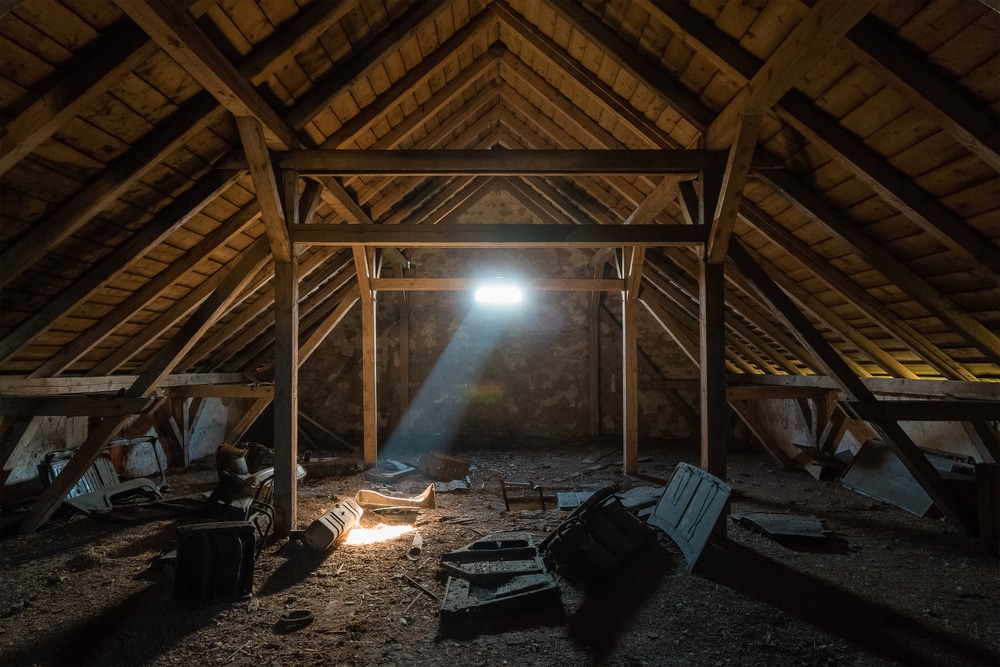 Do your homework ahead of time.
Do your homework ahead of time.
One way to prevent ceiling-damage-related general liability claims is to know what you’re looking for before you enter the attic. Vetter spent six months training his employees before he let them inspect on their own. And during that training, Vetter was sure to help them get familiar with attics.
“I personally took them up in the attics, and I showed them. We went over the whole spiel about what’s going on up there, what to look for, what to watch out for, where to be careful, where not to go, and where to go,” Vetter said.
Take a course.
Consider taking general home inspection coursework that covers attic inspections, such as those offered by the American Society of Home Inspectors (ASHI) or various training schools. Or take an attic-specific class, like the International Association of Home Inspectors’ (InterNACHI) “How to Inspect the Attic, Insulation, Ventilation, and Interior Course.” And, whatever you learn, be sure to pass that knowledge to your employees, like Vetter does. Doing so will help you and your inspectors know how to identify and describe attic defects, which will help you and them be better equipped when entering and inspecting attics on the job.
For example, inspector education can help you recognize red flags so that you can proceed with caution or opt not to traverse further. According to Lottes, one common problem area in attics that may cause an inspector to inadvertently create a ceiling damage is the hatch.
“[Ceiling holes can] happen when we are either trying to access an attic and an attic hatch falls, or [the attic hatch is] misplaced or it’s not fastened the way it’s supposed to be fastened. [So, when] we go to move it to get into the attic, something [can] fall and damage something else,” Lottes said.
Start outside.
Additionally, starting your attic inspection from the exterior and other parts of the house can give you important insights into what you should be looking for on the inside and avoid creating ceiling holes. For example, you may be able to spot inadequate venting from the side yard. Or, you might see a water stain on the kitchen ceiling. Both observations warrant further investigation inside the attic.
“I do a really good thorough review of the roof and the ceilings before I go into the attic,” Atwood said. “If there’s a stain on the ceiling, or something going on with the roof, I can then say: ‘Okay, it looks like I need to go to that corner of the [attic] and really look at what’s going on.’”
Carry the right equipment.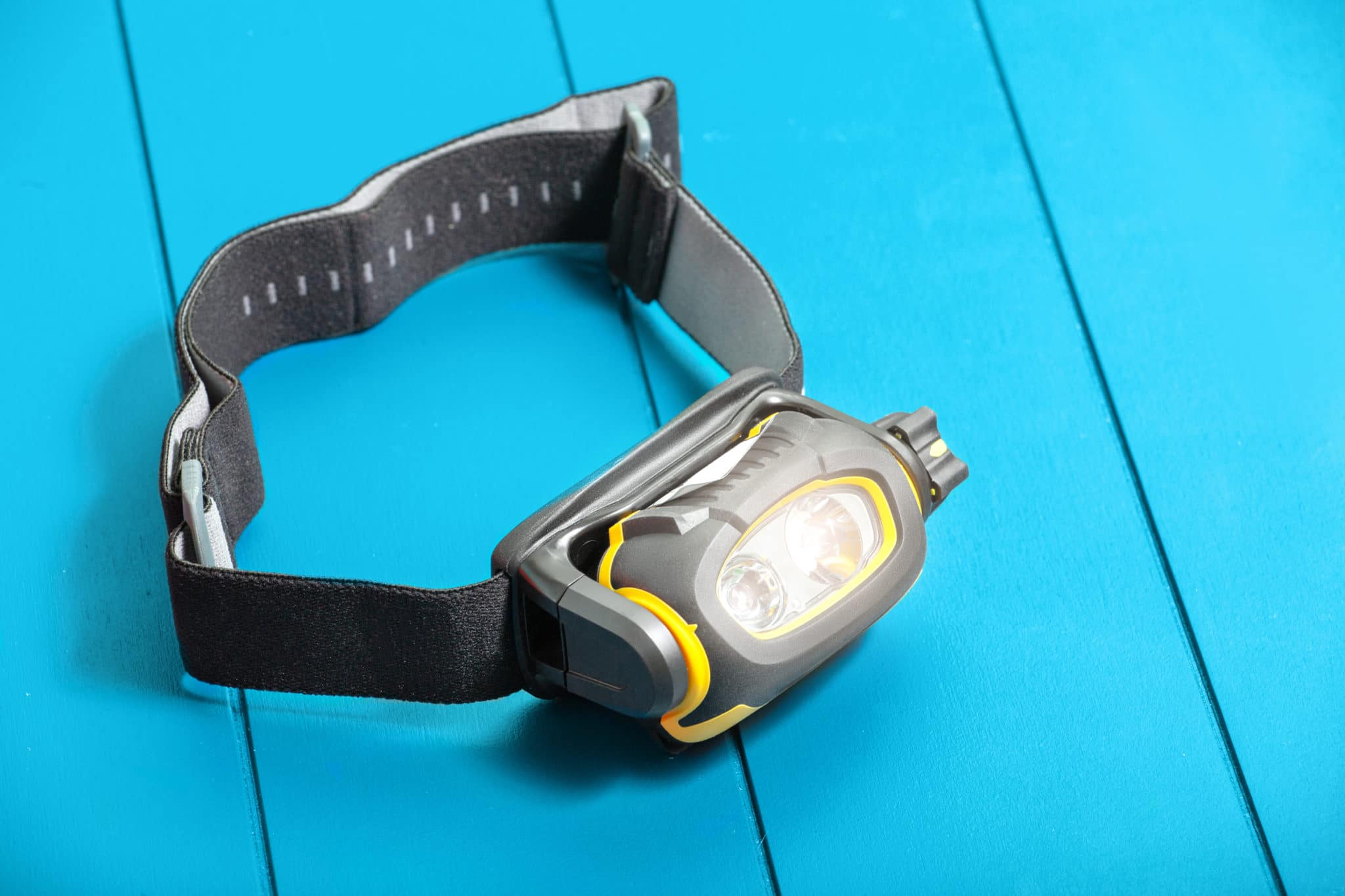
According to OSHA, one of the best things you can do to avoid trips and slips is make sure you can see where you are walking. As we discussed earlier, watching where you’re stepping can be particularly difficult in an attic. However, by making sure the area is well-lit, OSHA explains, you better your chances of traversing safely.
As a home inspector, it’s your responsibility to make sure that the attic has adequate lighting, Vetter explains. Relying on whatever light is up there rarely works.
“Sometimes there’s a light in the attic, but 50 percent of the time, the bulb is burned out,” Vetter said.
While most home inspectors carry a flashlight of some kind, the inspectors we interviewed recommend using a headlamp for the attic—one that casts a bright wide beam.
“A good headlamp goes a long way in an attic,” Lottes said. “Not having to juggle a flashlight and try to maintain your balance at the same time actually helps you do a more thorough evaluation of the attic.”
According to Atwood, having your hands free can also help you regain your balance if you do slip, which will help you to avoid creating a ceiling hole.
“[With a headlamp], if you do slip, you don’t have to worry about what’s in your hands,” Atwood said. “You can drop whatever, get your balance, find the next rafter to hold onto, and still be able to see in the dark.”
Other equipment.
In addition to a headlamp, Atwood recommends wearing shoes with soles sensitive enough to identify what’s beneath you.
“I don’t put my full weight on the joist until it feels like wood,” Atwood said. “Part of that is getting some shoes that have soles that [allow you to] actually feel the rafter and recognize that it’s not a pipe [or the] ceiling.”
Lastly, part of carrying the right equipment is leaving what you don’t need behind.
“[When inspecting an attic], I take off my toolbelt because my balance isn’t as good when I have it on,” Atwood said. “[It also helps] not having this big toolbelt that’s going to get caught in the rafters.”
Don’t rush.
It may sound like common sense, but you’re less likely to trip or slip and create a ceiling hole if you take things slow.
“[Ceiling holes can] happen because we’re not paying close enough attention or there’s something that is unexpected,” Lottes said. “Always be aware of your surroundings and always be careful where you’re stepping. What’s supporting you? And what’s holding you up?”
To keep your center of balance under you, OSHA recommends taking short steps and pointing your feet slightly outward. Doing so will also help you diagnose whether a board can safely support your weight.
“I’ve stepped on a truss where the board was not really nailed in and I could feel it moving up underneath me. I went onto another one, of course,” Troth said. “Step on [boards] slowly to feel if it will hold your weight. I always prefer to step on the two by fours that are going across a couple of trusses, so I know the weight I’m putting on [them] is distributed.”
As you take your attic inspection step by step, you limit your liability.
“The worst part of the job we do is inspecting the attic. But you’ve just got to accept that fact, take your time, do the right job, and be careful,” Vetter said.
If it’s too dangerous, don’t do it.
Unfortunately, home inspection clients don’t always appreciate the amount of risk you assume to perform your inspections.
“I don’t think clients understand that it is risky to walk across [the attic space] when you can’t see the joints or trusses directly,” Troth said. “It’s a Catch-22: You’re doing a bad job if you don’t make the attempt.”
However, how your clients perceive you is less important than your safety. As an inspector, you have a much better grasp of what’s possible and what’s secure. Trust your instincts.
“If you’re not comfortable going in the attic, don’t do it,” Atwood said. “Let your customer know why you can’t go into an attic space. I think, for the most part, they’ll understand.”
Like Atwood said, there is nothing wrong with skipping some or even all of an attic inspection if the attic poses too great a risk of damaging the property, harming others, or hurting yourself. In fact, many association and state standards of practice (SoPs) reinforce that inspectors are not responsible for traversing unsafe attics, including those in which it’s difficult to see. (For example, see ASHI SoP 3.2.D. and InterNACHI SoP 3.9.IV.A.)
“I think people in my industry are too hesitant to tell people the truth about what we can see and what we can’t see,” Lottes said. “You don’t want to make waves. You don’t want to tell people you’re not going to do something. But, at some point in time, you’ve got to tell people we can’t get into every attic.”
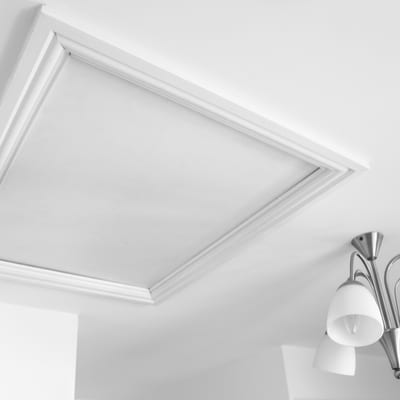 Have a policy.
Have a policy.
According to Lottes, it helps to have policies set in place ahead of time that set a company standard for when to inspect and when to skip an attic. Setting a standard will keep you and your team consistent across inspections, which limits your liability. It can also provide your employees with the confidence to reject a client request to inspect an unsafe space.
“When you start having policies and writing things down, it makes it easier for an employee in the field to defend why he’s not going to do something,” Lottes said. “That idea takes the pressure [to do something] because the client is pressuring him to do it off of him.”
Address it in your report.
Some inspectors also recommend including some boilerplate language regarding the limitations of attic inspections, particularly in regards to access and insulation.
“Every inspection report that we issue has got some pretty strong open attic limitations to it that regard insulation and access,” Lottes said. “In all attics, there’s going to be things that you can’t see because all attics around here have insulation in them…. In a lot of cases, we have to judge by what we can see from the hatch or somewhere near the hatch. And there’s going to be sections of the attic that we probably can’t get to.”
The following is the attic excerpt Lottes’ company puts in every inspection report:
Attics and all related components are inspected visually from an area that does not put either the inspector or the home at risk. The method of inspection is at the sole discretion of the inspector and depends on a number of factors including, but not limited to, accessibility, clearances, insulation levels, stored items, temperature, etc. Inspectors will access the attic if possible, but most attics are unfinished and outside the living space of the home. Many attics are too dangerous to fully enter or are not accessible due to house structure. Hidden attic damage is always possible, and no attic can be fully evaluated at the time of the inspection.
When you are unable to enter or complete an attic inspection, disclose that in your report. Detail what you were able to inspect and from what vantage point (i.e. the hatch). Explain what made the attic unsafe and document the condition with photographs. If property owners’ furniture or belongings interfered with walkways, you may want to offer to return to inspect the attic after these obstacles have been removed.
Protect your home inspection business.
Now that you know how to avoid ceiling hole claims, you are better equipped to avoid them. However, even when you inspect your best, you can still make mistakes. That’s why it’s essential to carry general liability insurance to protect your business from bodily injury and property damage claims.
“The biggest concern I had when I first started home inspections was falling through the ceiling,” Atwood said. “If something like that can happen, I want general liability insurance.”
Apply today to receive a general liability and an errors and omissions quote for your home inspection business at no obligation.
If you do happen to receive a complaint related to a ceiling hole you created, download our guide “7 Things to Do When You Receive a Complaint” for free advice.
Want to learn more about the most common general liability claims? Read the articles below:
- Top 5 General Liability Claims Against Home Inspectors
- To test or not to test? Examining the garage door pressure test | Part 1: The Standards’ Perspective
- To test or not to test? Examining the garage door pressure test | Part 2: The Inspectors’ Perspective



